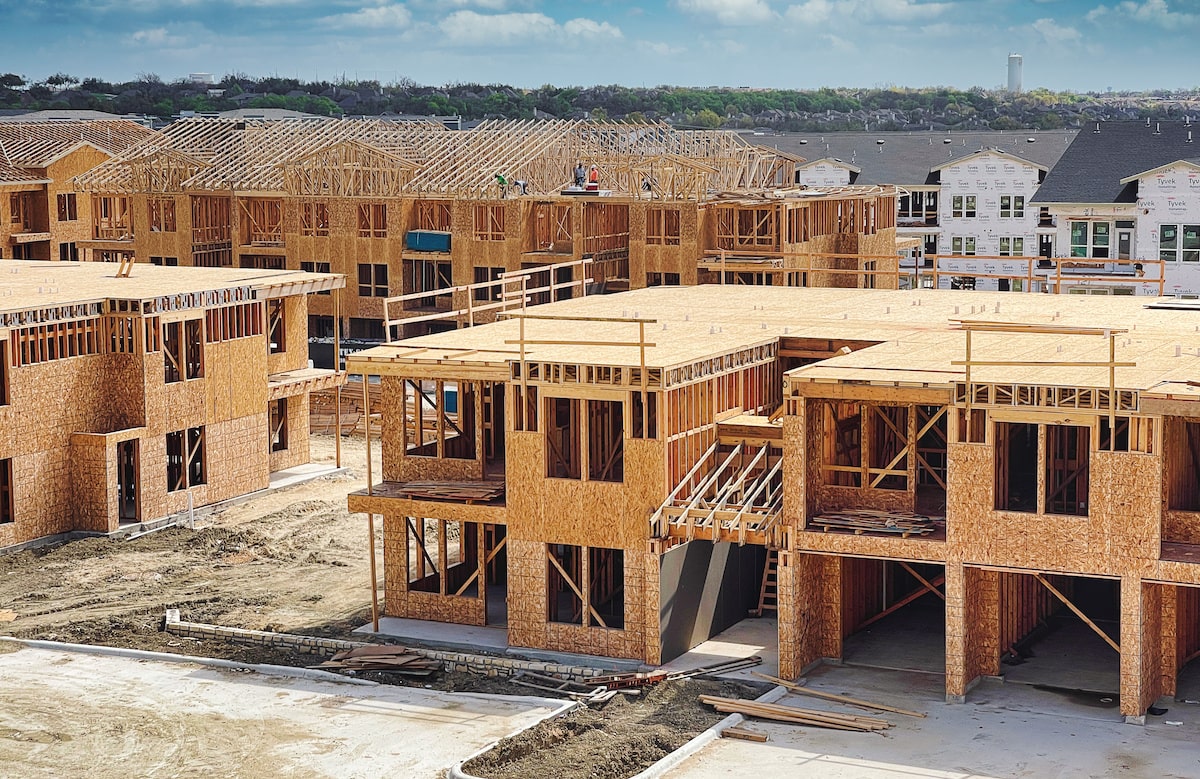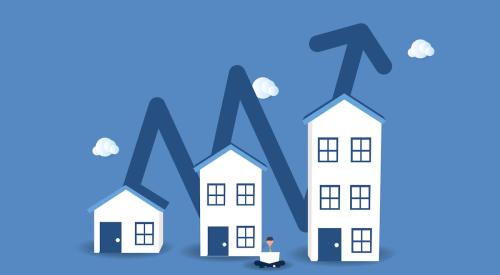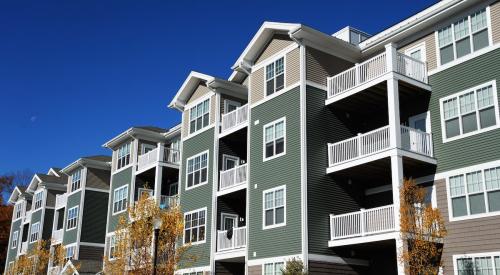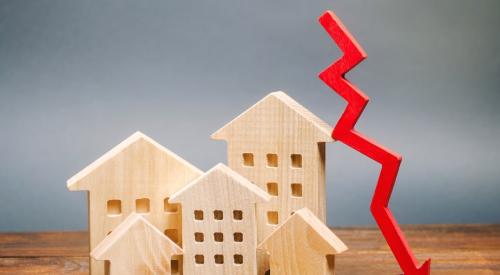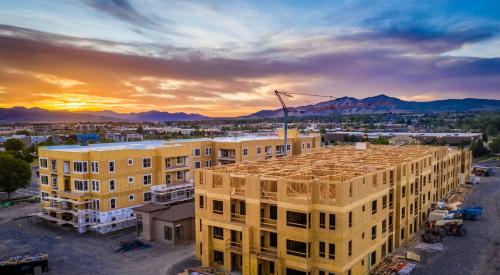An uptick in new construction typically correlates with slower price growth, but when that new housing is a response to rising demand, even fresh supply sometimes can’t stop rents and home prices from surging. That scenario was most recently put to the test during the COVID-19 pandemic, when the rise of remote work sent rental demand to new highs. New construction surged, but not fast enough to keep pace with household formation. As a result, rental prices rose across the U.S.
Now, however, more stable levels of demand, paired with an increase in housing development, is causing rent growth to slow to pre-pandemic norms with prices rising at an annual pace of between 1% and 3%, Intelligencer reports.
In June 2023, asking rents were just 1.1 percent higher than they had been 12 months before. Given that wages grew at a far faster clip over that same period, a rental home was more affordable for the typical worker this June than it had been a year earlier.
What explains this deceleration in rental prices? As with any economic development, more than one factor is at play. But the biggest one by far is that developers responded to surging demand by building more housing, which is now coming onto the market. As the Washington Post reports, nearly 1 million new apartment units are under construction right now. More than 500,000 of those units will be available for rent this year, while the rest will follow in 2024.
